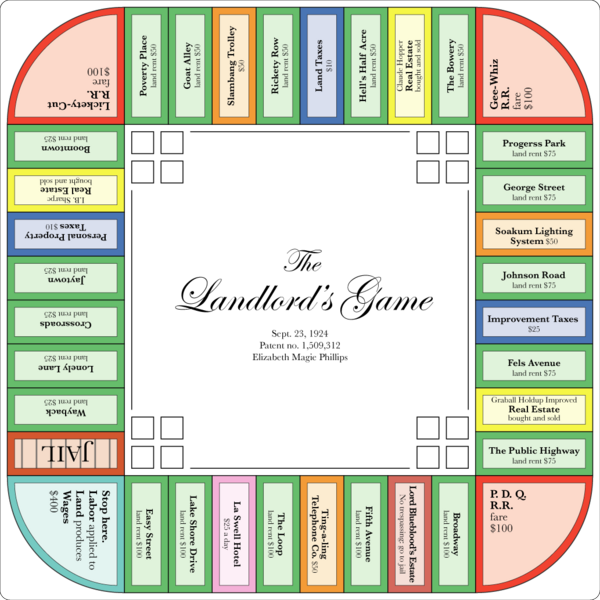Julie M. came across a bow and arrow set for sale at a Wholesale Sports store in Nanaimo, British Columbia, Canada. The set is called the “Lil’ Sioux.” Notice any oddness about the description?
It’s the Lil’ Sioux…and also the “Sherwood Forester” set. What’s Sherwood Forest? Why, where Robin Hood and his Merry Men hung out. Because when you’re appropriating Native American cultures, you might as well conflate them with mythologized, and possibly entirely fictional, noble outlaws from another continent.
But given the popularity of “Native American” fashions these days, I guess it shows restraint that the kid isn’t wearing a feathered headdress.
Gwen Sharp is an associate professor of sociology at Nevada State College. You can follow her on Twitter at @gwensharpnv.

















